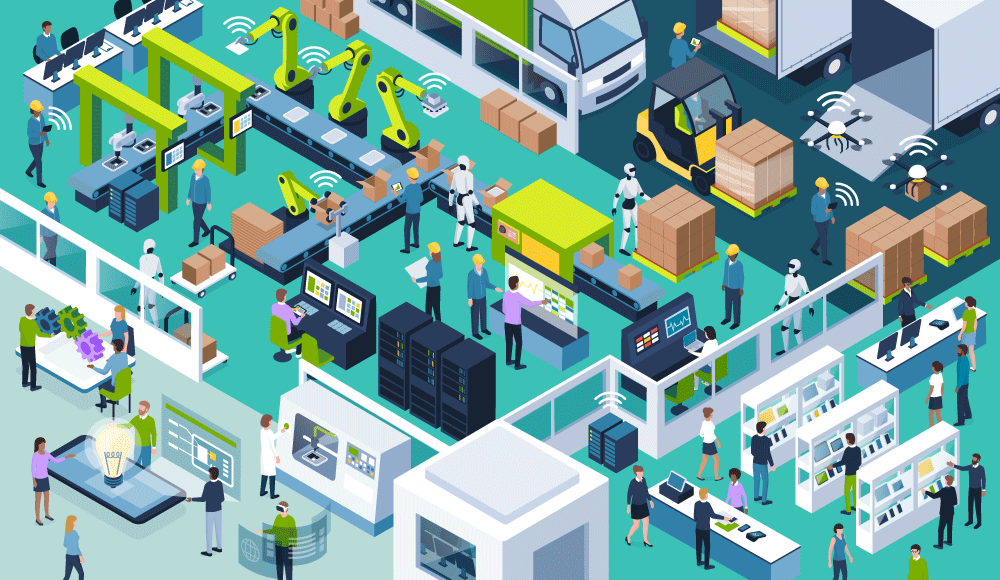Raise the Bar on IoT Performance
Ensure that you don’t fail at scale

Unlocking trillions of dollars in value. Minimization of carbon footprint. Investment payback in less than 3 years. To achieve the results promised by Industrial IoT technology, organizations are investing millions of dollars in new equipment, sensors, PLCs, hardware, historians, and analytics tools, not to mention the investment in personnel. The expectation is that these investments will generate returns by reducing costs, increasing operational efficiency, improving business performance, and enabling new business models. But thus far, most IoT projects are not considered a success. Why aren’t companies getting the returns they expected?
The fundamental premise of Industrial IoT is that by increasing the volume of data processed, organizations can develop a deeper understanding of the operations of each element and processes across elements in their systems. To that end, enterprises have invested significant resources in developing their own internal platform that fits their data and their needs. But are companies getting value out of their platforms? Recent analysis from Forrester shows that the investment made in IoT platforms is often wasted. So how can organizations make sure they are getting an IoT platform they can rely on?
The investment in equipment and hardware will allow organizations to generate all this data, and novel analytics, machine learning techniques and artificial intelligence will allow companies to mine the data efficiently. So to raise the bar of IoT performance, the critical factor is the availability, reliability, and scalability of the systems in place to collect the data. If a network is subject to periodic outages, or can only transfer a limited amount of data, all the money spent on sensors, PLCs, and data science is wasted. Whether collecting thousands of sensor measurements per second or receiving a daily status update, an IoT solution must deliver on the promise of device connectivity and data management.
How can you ensure your platform is enterprise-grade and will provide robust, reliable solutions? There are 6 key tests for evaluating the reliability of your environment and its suitability for your critical business operations:
- Device messaging: Can your IoT platform capture all the different types of messages that are pushed by your devices? Are the necessary gateways in place?
- Digital Twin updating: Are your software-based models and representations continuously updated with the most recent data from IoT devices?
- Digital Twin queries: Can applications and analytics used for business functions (e.g., OEE monitoring, field service and billing) access real-time data from IoT devices?
- Over-the-air updates: Can the firmware and software running on IoT devices be mass updated successfully?
- Mass disconnect event: In the event that the connection between IoT devices and the platform is interrupted, will 100% of devices reconnect automatically? How quickly does this occur?
- DDoS attack: Is the environment secured to minimize the probability of DDoS attacks and to mitigate the impact of such an attack?
Regardless of whether you are charged with maintaining a bespoke system or looking for a solution from an IoT platform-provider, by rigorously testing your IoT solution against these performance test scenarios, you can maintain service availability and ensure that you don’t fail at scale.
To learn more about scalability and service management, please watch our webinar on Raising the Bar on IoT Performance.